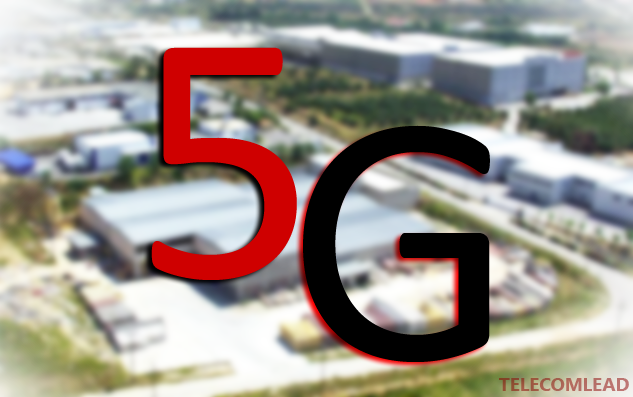
The global telecom market has started making investments in 5G mobile technology hoping that it will boost IoT revenue and meet data demands of enterprises and retail customers.
A report from Forbes Insights in collaboration with Huawei titled “The Mobile Industrial Revolution: Anticipating the Impact and Opportunities of 5G Networks on Business,” reveals that in order to pave the way to the up-gradation to 5G the companies should undergo variations in their network in order to allow modifications related to speed, capacity and connectivity of mobile device. With the introduction of 5G networks in the coming five to ten years the telecom opportunities will increase manifold affecting business operations, P&l economics, asset valuations and revenue models.
The survey of more than 1,000 executives concludes that more than one-third of all executives say that their current systems already can’t support the evolving needs of their business, including 55 percent of executives at organizations with revenues in excess of $10 billion. The problem is most pressing in the Asia Pacific region, where 38 percent of all executives agree that their networks are not matching, trailing after Europe with 36 percent and North America with 34 percent.
“5G will help to realize a completely new world for consumers, for vertical industries and for operators,” said Qiuheng, president of Wireless Network Marketing Operation of Huawei.
With emerging needs for ultra high throughput networks, about 67 percent consumers have voted that they are aspiring for the same, while around 64 percent have conveyed that they need massive numbers of connections and about 59 percent are looking for ultra-low latency.
Education and awareness related to technology should also be boosted, says the report with more than one third of the polling candidates confessing negligible or no knowledge of the same and 38 percent of them claiming to having an understanding of the fundamentals, with 27 percent claiming to be very familiar to it. Europe based crowd tends to be more informed than the other states. Also the leaders in the field are much better informed than their colleagues in other verticals.
With more than one fourth of the survey techies exploring or planning to use 5G most of the companies not known tend to make lower revenue. 28 percent of executives at companies with revenues below $500 million when compared to the 3 percent of executives who aren’t planning for 5G at $10 billion-plus organizations.
A majority of 80 percent claims that 5G technologies can impact business positively.
Also, following this Ericsson and Sprint have announced streaming of 4K UHD video streams over a live 5G wireless signal implementing 400 MHz of spectrum, by incorporating a live 4K UHD camera stream from the Sprint Fan Zone at Philadelphia’s Lincoln Field.
Ericsson also announced on Thursday 5G plugins to address diverse 5G use cases from mobile HD video, driver-less buses and haptic feedback-enabled drones to fiber-equivalent residential wireless access. The plug-ins are supported by the vendor’s radio system and are built with the purpose of integrating within their current networks to initiate their evolution to 5G.
Ericsson is already working with 24 operators, 12 industry partners and nearly 20 universities and research institutes on 5G projects and future use cases, with many 5G field trials lined up in 2016. The company has also announced that it will be partnering with Swisscom and its academic partner, Ecole Polytechnique Federale de Lausanne, to launch the 5G for Switzerland program.
In India, Ericsson and Nokia are in talks with Indian telecom companies and policy makers for possible engagements in 5G technology, which is still in its standardization phase in the country and is expected to be ready for commercial deployment by 2020.
Another research last month projected that mobile broadband operators will reap 5G revenues of $247 billion in 2025 with North America, Asia-Pacific, and Western Europe being the top markets. Also, forecasts of 8.5 million small cells deployment is expected by 2020, setting in place the infrastructure for a rapid 5G millimeter wave roll-out.
To add to the above, telecoms in North America and Asia Pacific recently announced projects and plans to roll out their own 5G initiatives, with Verizon Wireless, NTT DoCoMo, KT, and SK Telecom creating the 5G Open Trial Specification Alliance.
Verizon Wireless acquired the XO Communications fiber network business to get access to licensed millimeter wave spectrum with the purpose of deploying 5G.
5G stakeholders are focusing on achieving spectrum harmonization, which was lacking in the case of 4G LTE technology.
Vina Krishnan
[email protected]





